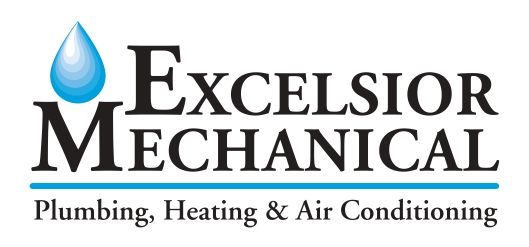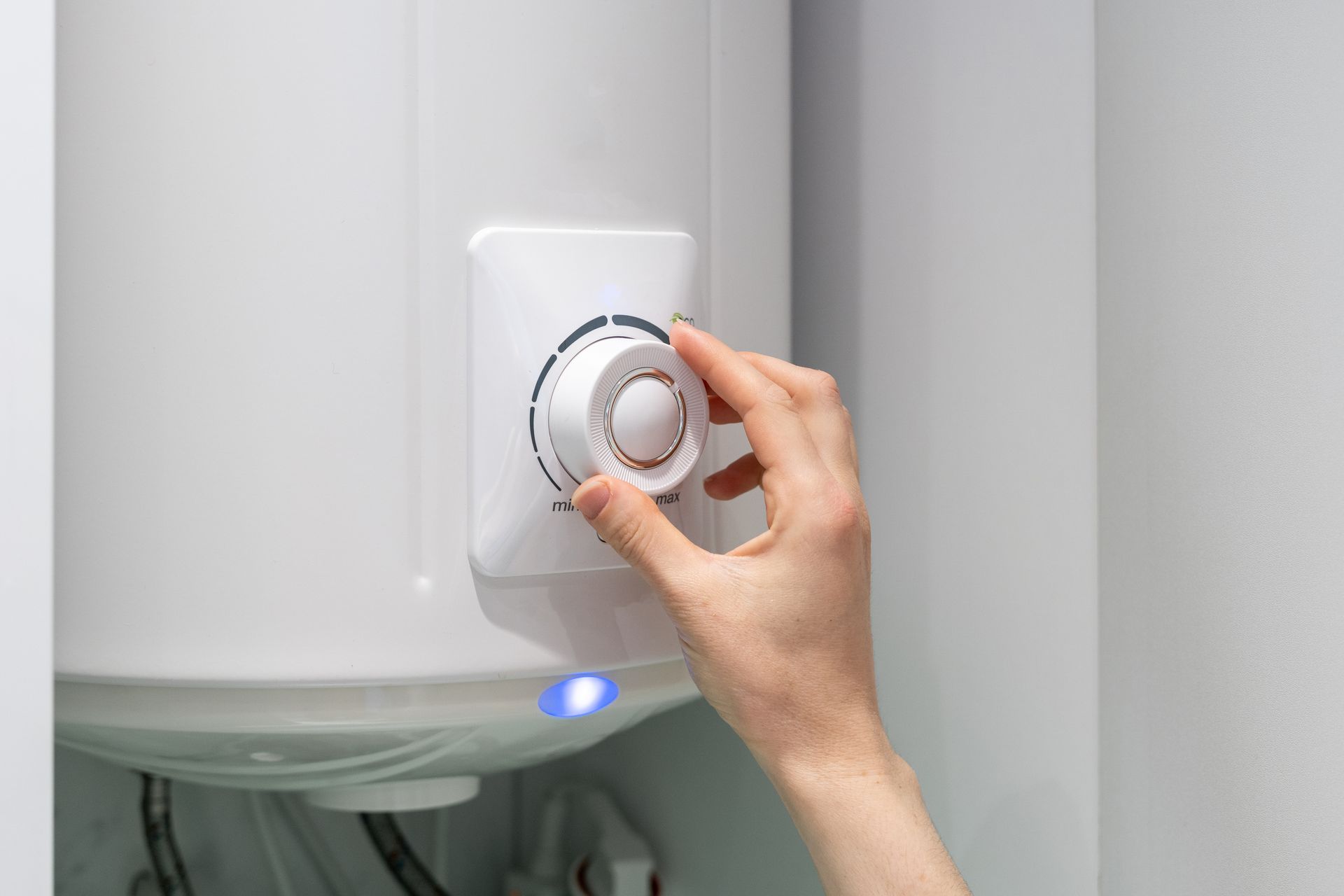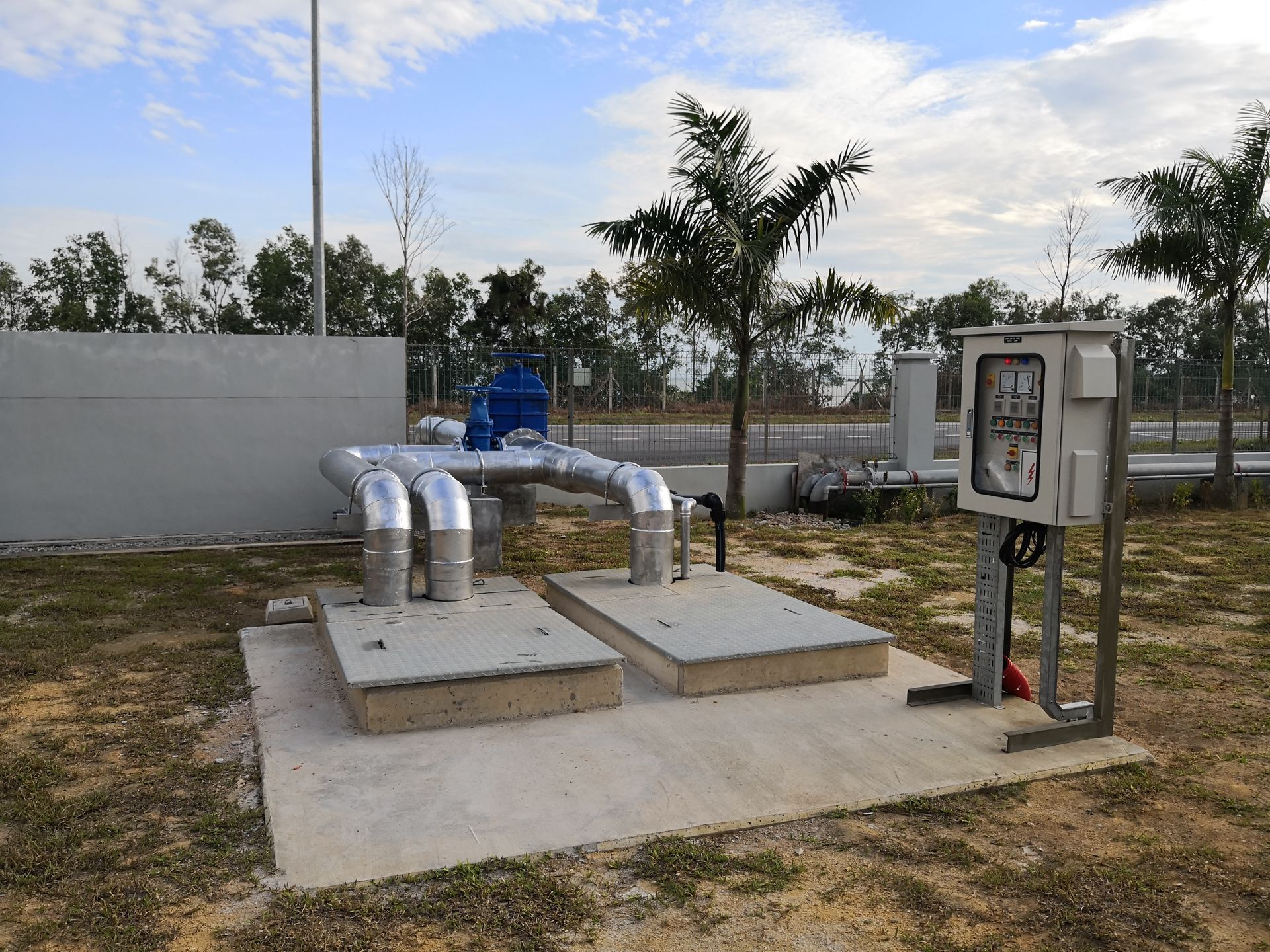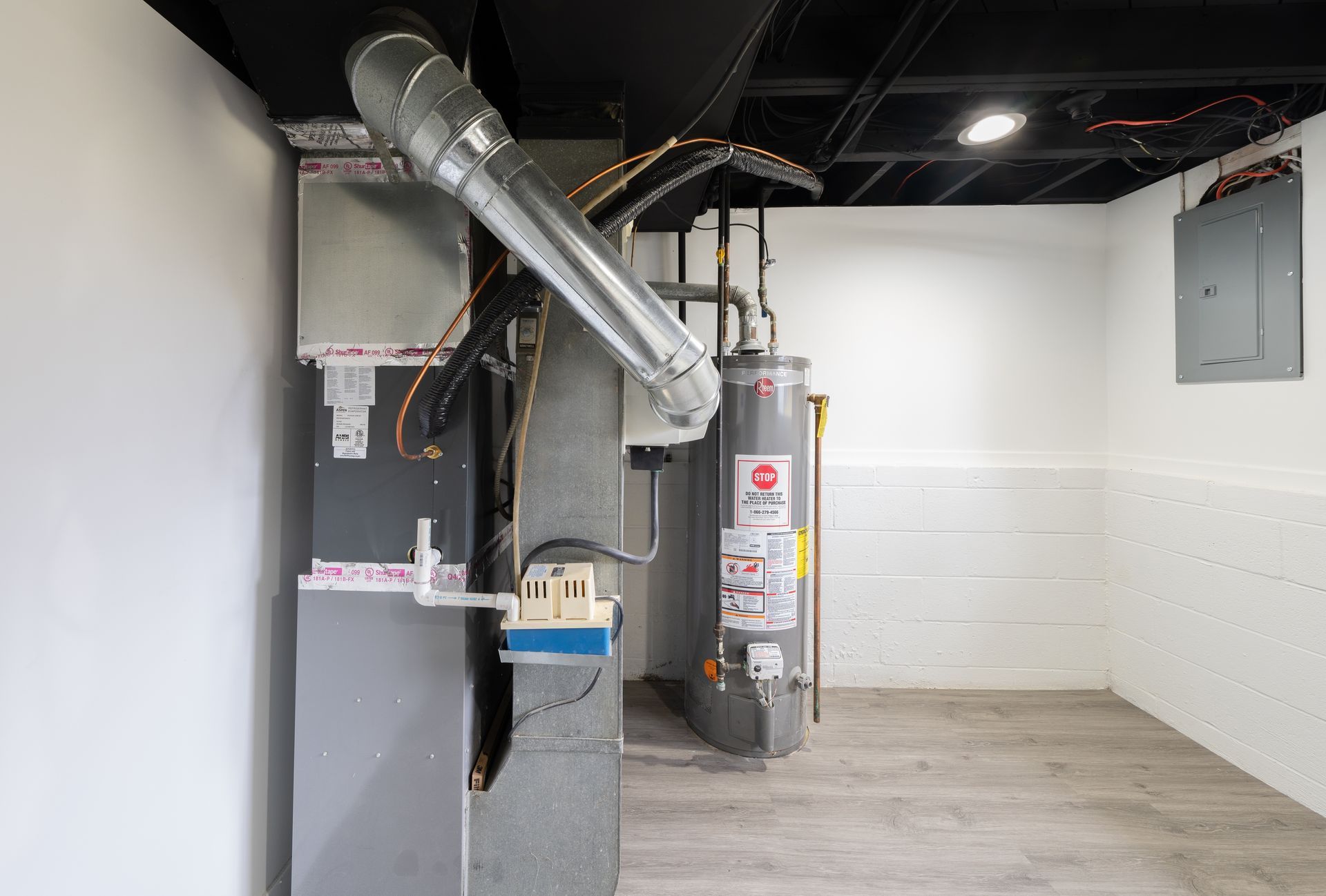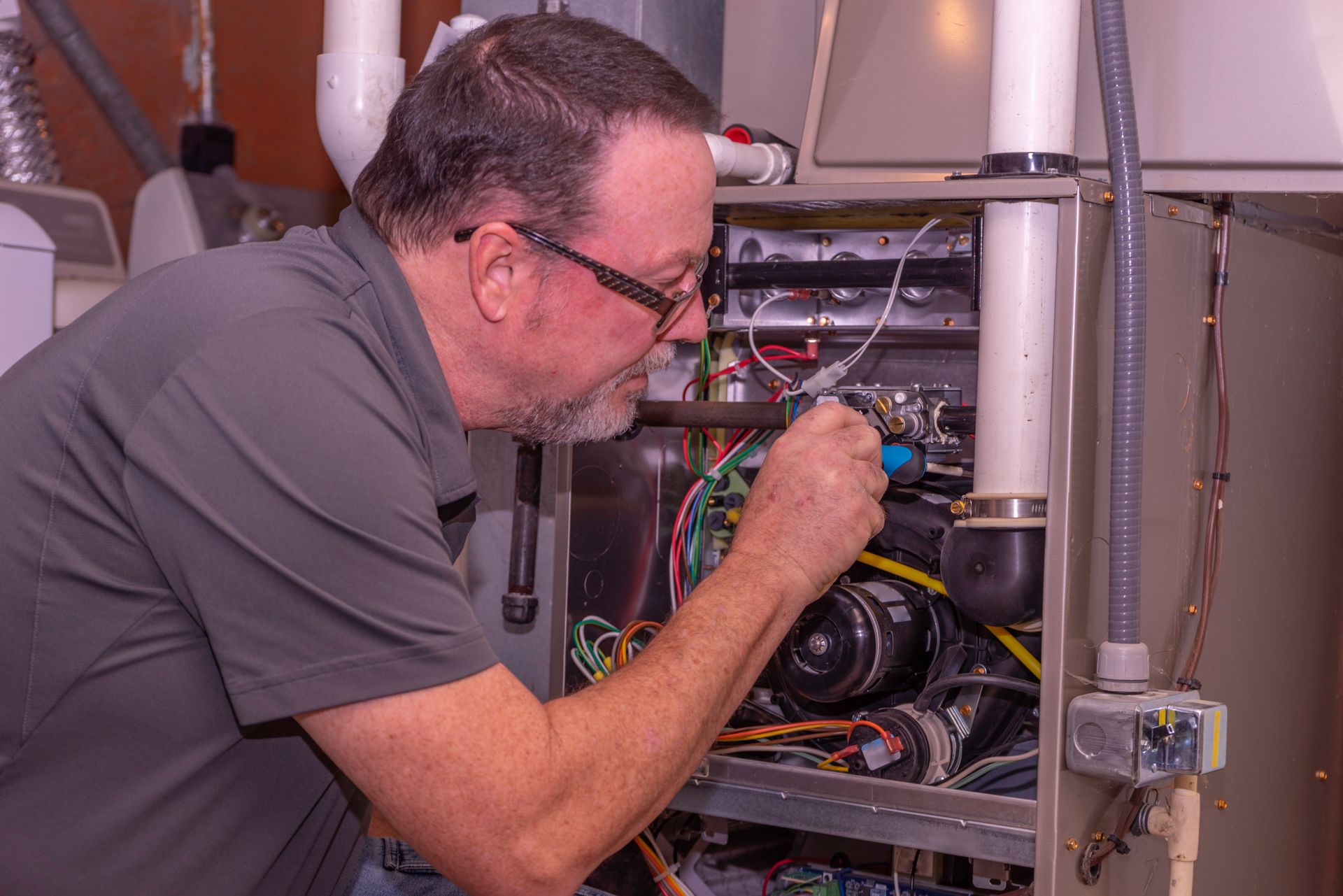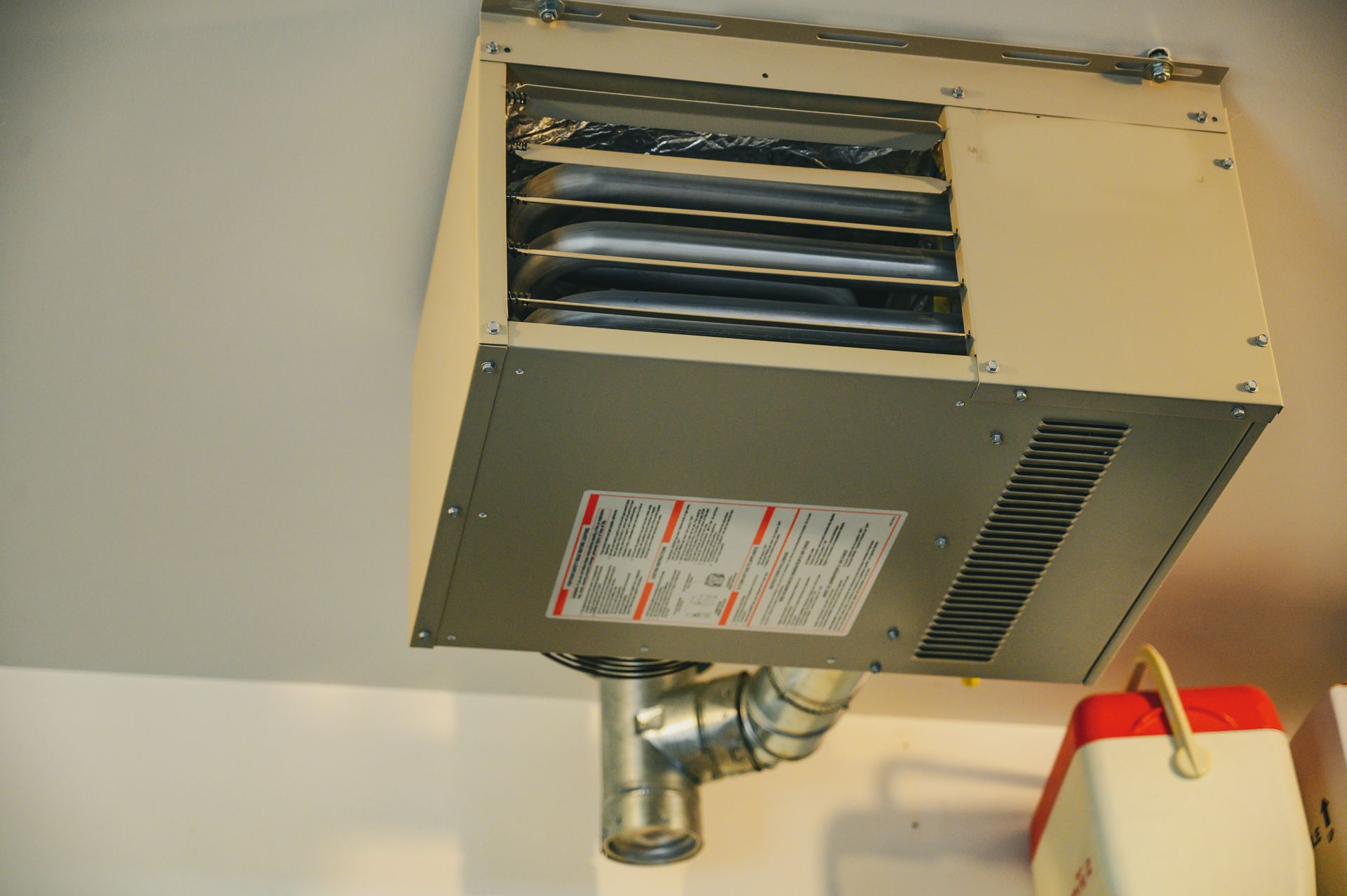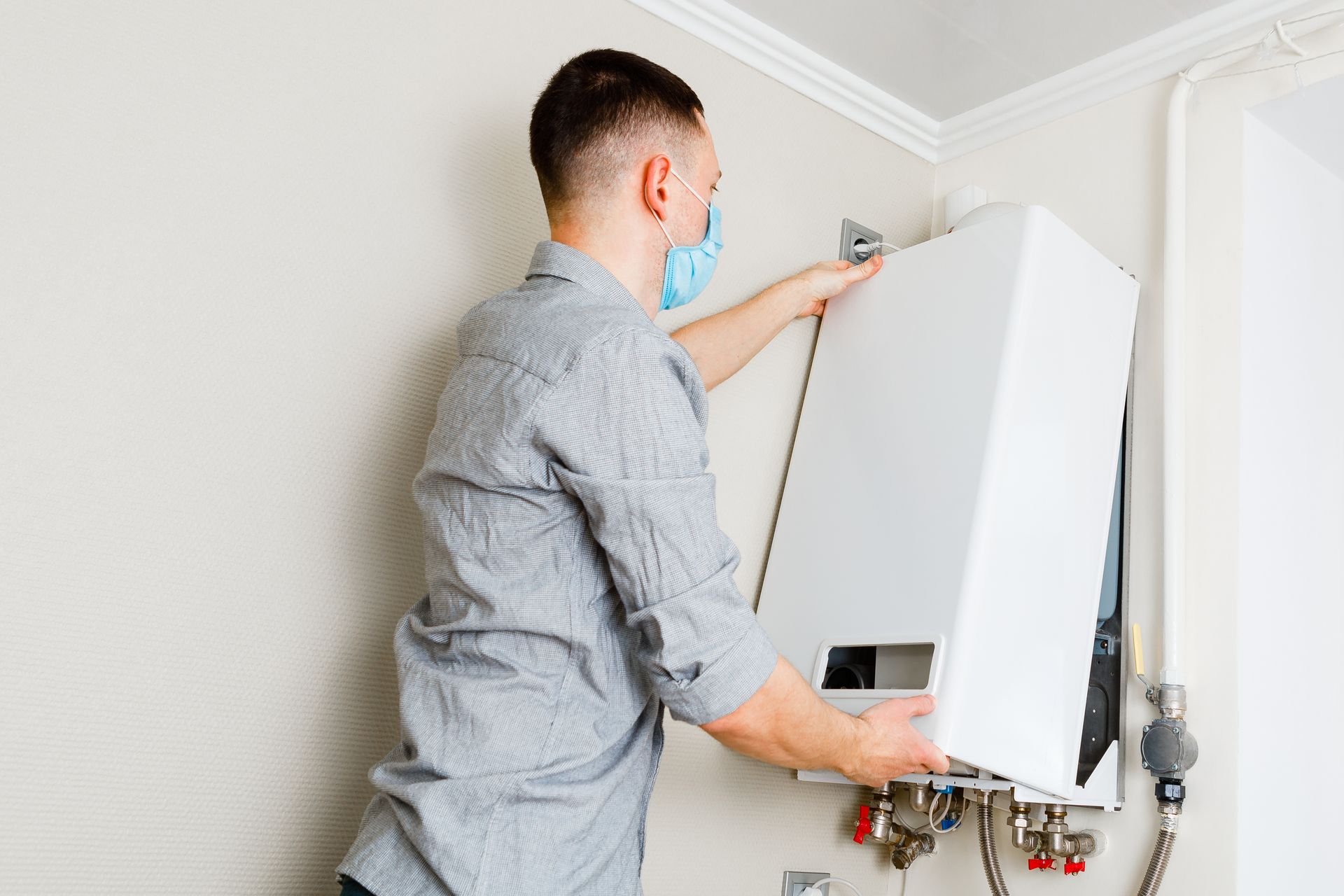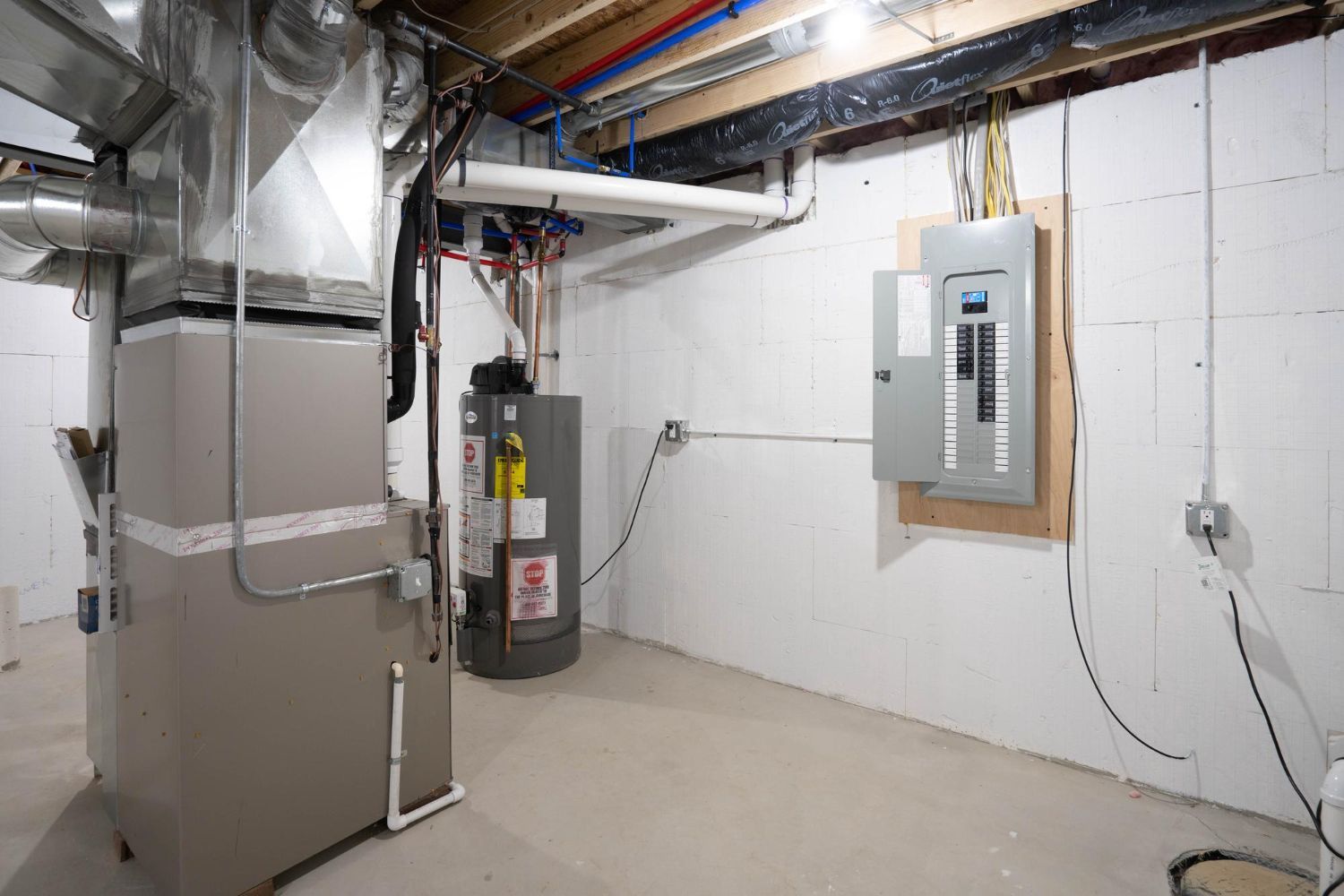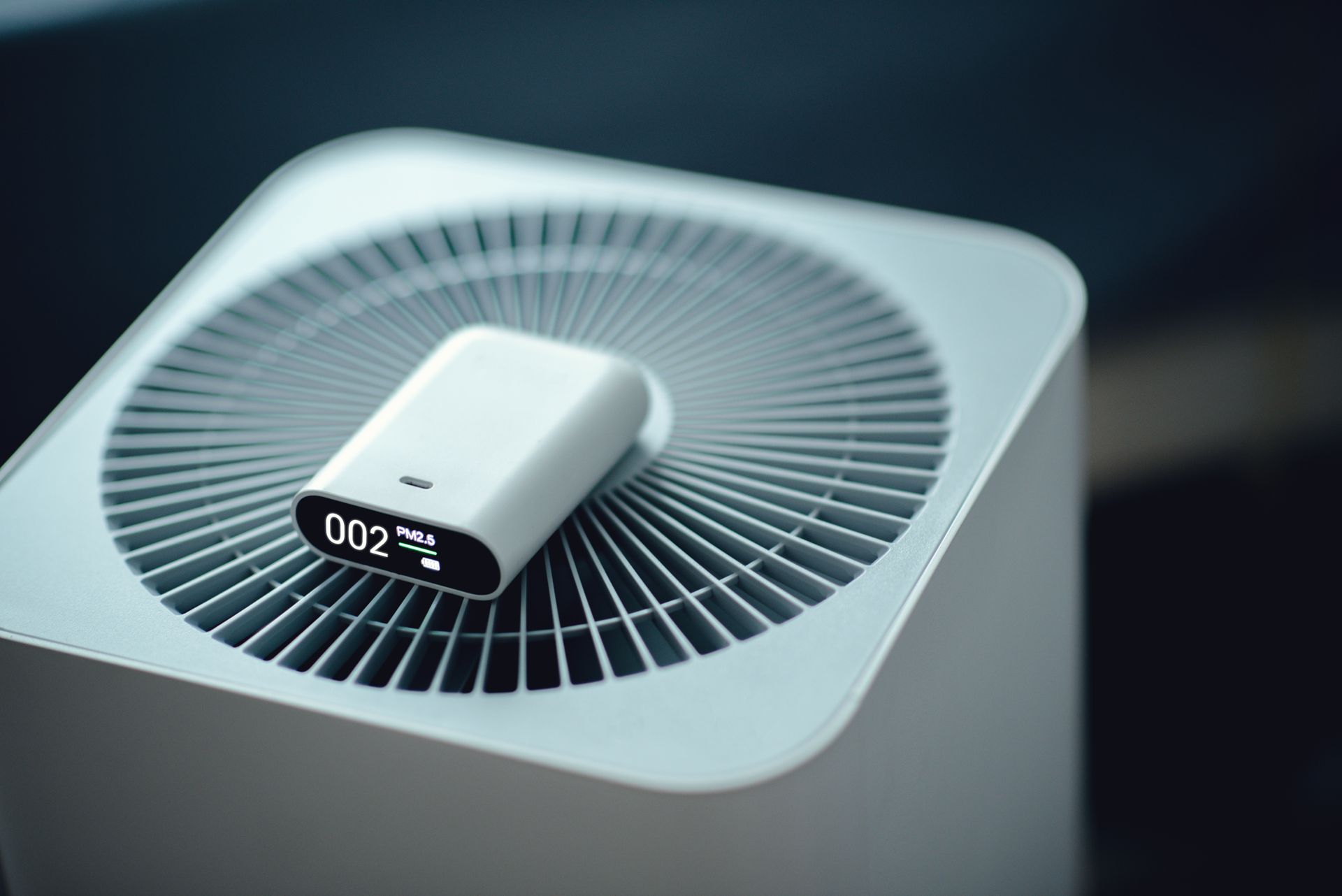The Complete Maintenance Checklist to Extend Your Water Heater Lifespan
Your water heater is a key part of your domestic infrastructure, and if you want to make sure it doesn’t malfunction unexpectedly then you must take a few preventative steps. In this article, we are going to highlight the most effective steps you can take before you call a professional in.
Perform a Visual Inspection
First thing’s first - you’re going to want to take a look at the interior and exterior of your tank. Depending on the kind of model you have installed (and your skill level with manual work), this should be relatively simple, but you should always check the owner's manual first before attempting to modify any valves or containers. What you’re looking for is any signs of abnormal discoloration of the material, cracks, sediment, or anything else that appears to be out of the ordinary. This should be complemented by inspecting the quality of the water coming from your hot tap in comparison with the water coming from the cold. Check for sediment, odours, and colouration.
Check the Water Pressure
This applies both to the pressure coming out of the heater itself as well as your mains water pressure going in. Should there be low pressure coming out of your heater, this may well be a symptom of a larger problem with your water heater’s installation , or it could be an indicator of a leak. If the water pressure in your main supply is too high, this may cause wear and tear that could eventually lead to a break-down of the components in your heater. They are only built to sustain a certain level of pressure PSI, and beyond that, you may be taking years off of not only your heater but any other appliance which depends upon it - including the very pipe-work of your house.
Inspect the Relief Valve
Your relief valve is an important component that ensures that the changing pressures created by the water being heated and cool inside your tank don’t cause issues. Again, you may want to check the manual of the specific model of water heater in your house, but usually, there should be some kind of valve release switch. For safety purposes, you should only open this when your tank is empty.
Drain the Tank at Least Twice a Year
Draining your tank twice a year or more has manifold benefits. Number one, it clears out all of the water from your tank, meaning that when the tank refills, the water inside will be fresh and free of sediment or bacteria. This is important for sustaining your water heater’ s lifespan over a longer period of time.
Secondly, it provides you (or more likely your maintenance man) with the opportunity to look over the parts of your system that are usually inaccessible due to the scalding hot water flowing inside. The way that you do this will differ from tank to tank, but usually, it involves turning off your system and connecting a length of hose to the drain valve at the bottom of your tank before releasing the valve, then draining the contents into buckets or drains. If you’re uncertain about this process, it may be time to call in a professional.
Schedule Professional Maintenance Regularly
Scheduling maintenance is one of the most important things you can do to help your water heater. Nothing compares to having a professional, with years of experience, investigate current and potential future issues with your heater. More than this, the peace of mind that comes from knowing that your plumbing is running optimally means that you can focus on the important things in life.
So why hesitate? Call Excelsior Mechanical Ltd. now - our experienced tradesmen are up to any job, big or small. We’ve served the Saskatoon region proudly since 1993. Get in touch with us now by calling 306-221-5481 or by contacting us through the
contact form on our website
.
